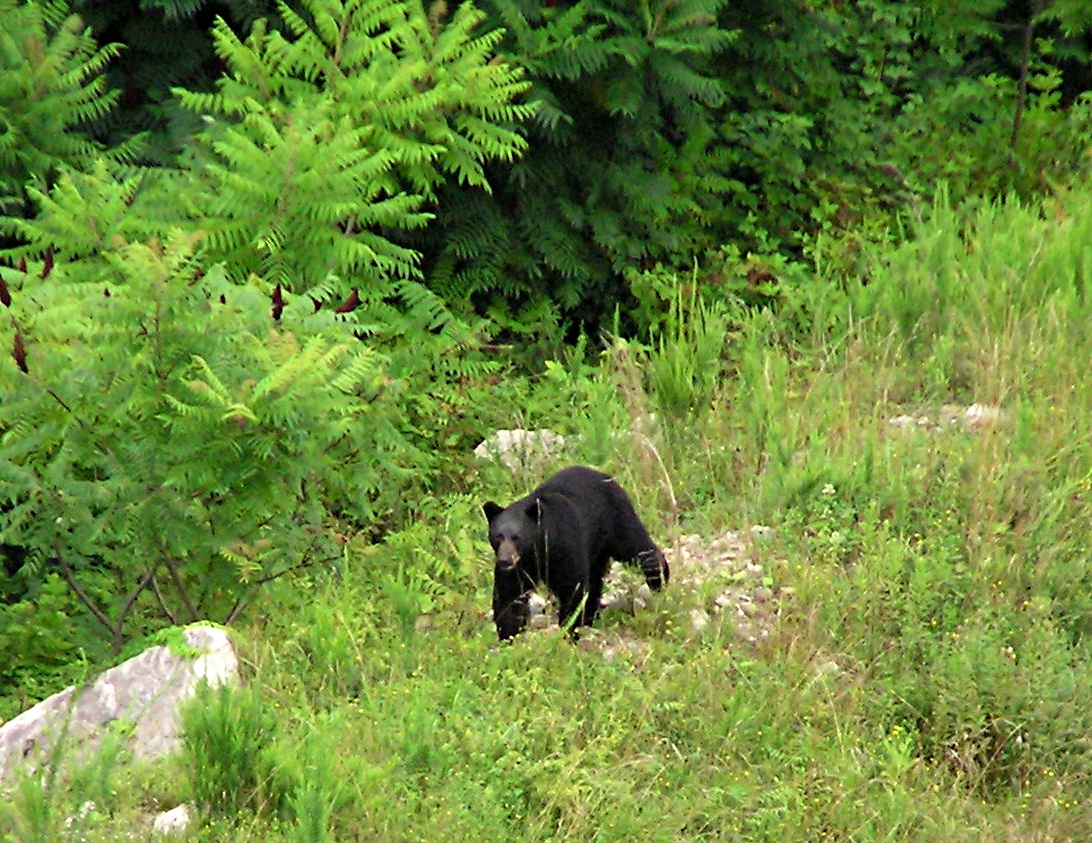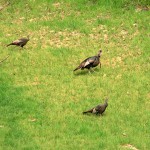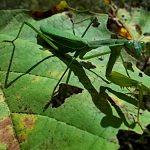Biology Department
Acculab’s biology department serves a wide range of industries
Acculab worked for over a decade to assist the State of West Virginia’s DEP to build a biological and water quality database. This data spanned locations from the northern tip to the southernmost town in the state, and included a collection of over 230 trend sites in creeks, rivers and tributaries throughout our beautiful state.
 Acculab’s biology department serves a wide range of industries across West Virginia and neighboring states. With genus-level taxonomic certification from the Society for Freshwater Science and advanced degrees in biology and chemistry, the biology department has processed thousands of benthic macroinvertebrate samples and continues to innovate and lead in habitat and water quality research as it applies to the health of benthic macroinvertebrates and local ecosystems as a whole. This analytical approach not only examines stream qualities and ensures clean water act best practices for energy producers such as coal and natural gas, but can also help to determine overall stream quality for any business or land disturbance that may release waste waters into our streams, lakes and rivers. In addition, research is ongoing which may lead to methods that can restore and even improve the ecological health of local watershed environments!
Acculab’s biology department serves a wide range of industries across West Virginia and neighboring states. With genus-level taxonomic certification from the Society for Freshwater Science and advanced degrees in biology and chemistry, the biology department has processed thousands of benthic macroinvertebrate samples and continues to innovate and lead in habitat and water quality research as it applies to the health of benthic macroinvertebrates and local ecosystems as a whole. This analytical approach not only examines stream qualities and ensures clean water act best practices for energy producers such as coal and natural gas, but can also help to determine overall stream quality for any business or land disturbance that may release waste waters into our streams, lakes and rivers. In addition, research is ongoing which may lead to methods that can restore and even improve the ecological health of local watershed environments!
Ephemeridae Ephemera
Pictured here is Ephemeridae Ephemera. Being very sensitive to the environment, this mayfly is found in streams in good to very good condition. In nymph form, as seen in the picture to the left, it takes oxygen from water via feathery gills along the abdomen, and has protruding tusks to aid in habitat development where it burrows into the soil and sand at the bottom of shallow streams. These mayflies are detritivores, which means they eat organic material suspended in the water. Ephemera creates a current inside their burrows by undulating their gills, which serves the dual purpose of providing freshly oxygenated water to run across the gill surface and to direct the fine food particles toward the mouth parts. During the transition from nymph to adult, Ephemera can molt (shed its skin) dozens of times over a period of nearly two years before emerging from streams with fully functional wings. Landing in nearby trees, the mayfly completes its transformation from subimago (adolescent) to imago (adult). As an adult it leaves its larval stream location and flies upstream to find a mate and lay eggs. This distributes populations of mayflies and helps to ensure their survival. This important mayfly usually has a two year life-cycle, but in colder climates can live for up four years.
Successful Ecological And Biological Results

Raccoon (Procyon lotor)
This little fellow was found feeding along the stream bank at one of my sampling sites in Logan County. With West Virginia stream condition index scores indicating very good conditions as well as the presence of sensitive genera like Ephemera (mentioned above), this stream and the local ecosystem provides ample food for not only this raccoon, but many forms of aquatic and terrestrial wildlife in the area and is a good example of successful ecological and biological results that can be obtained through responsible, best practices mining activities and reclamation processes.







